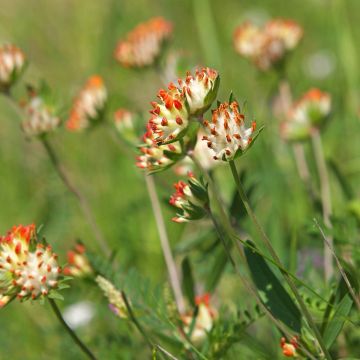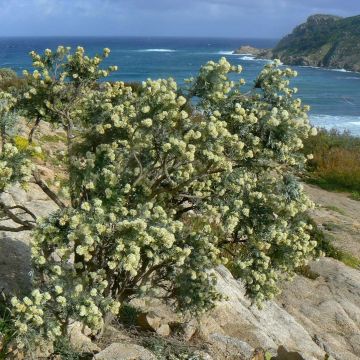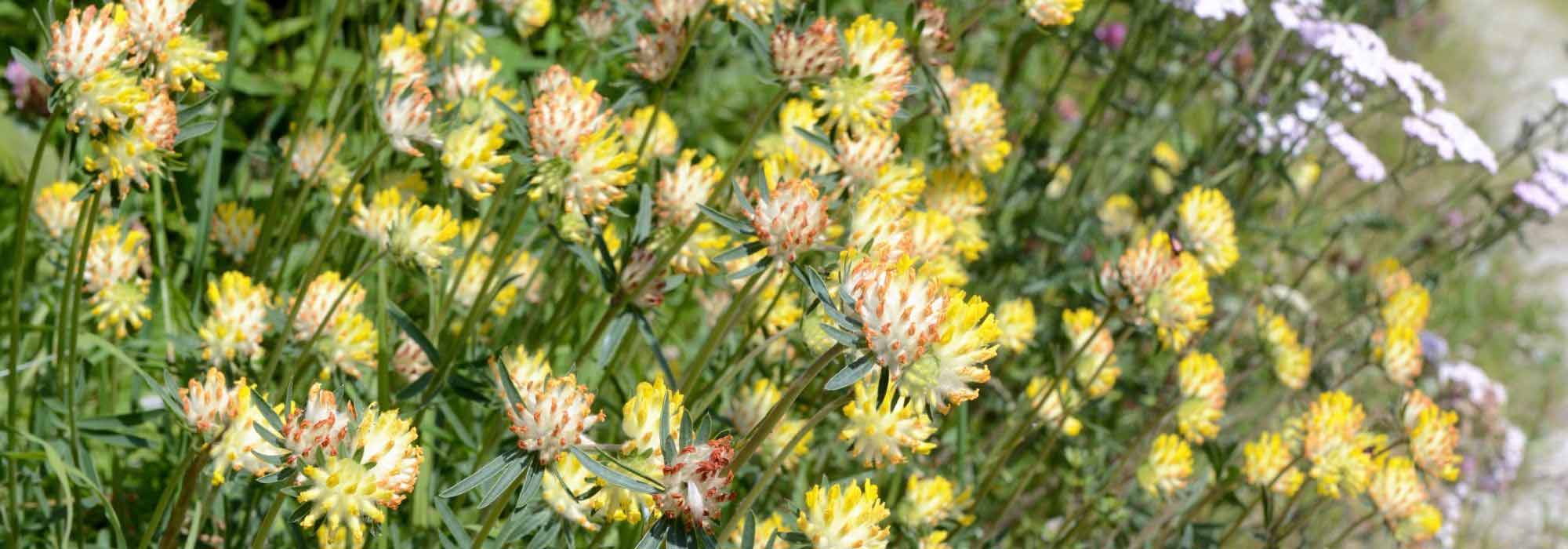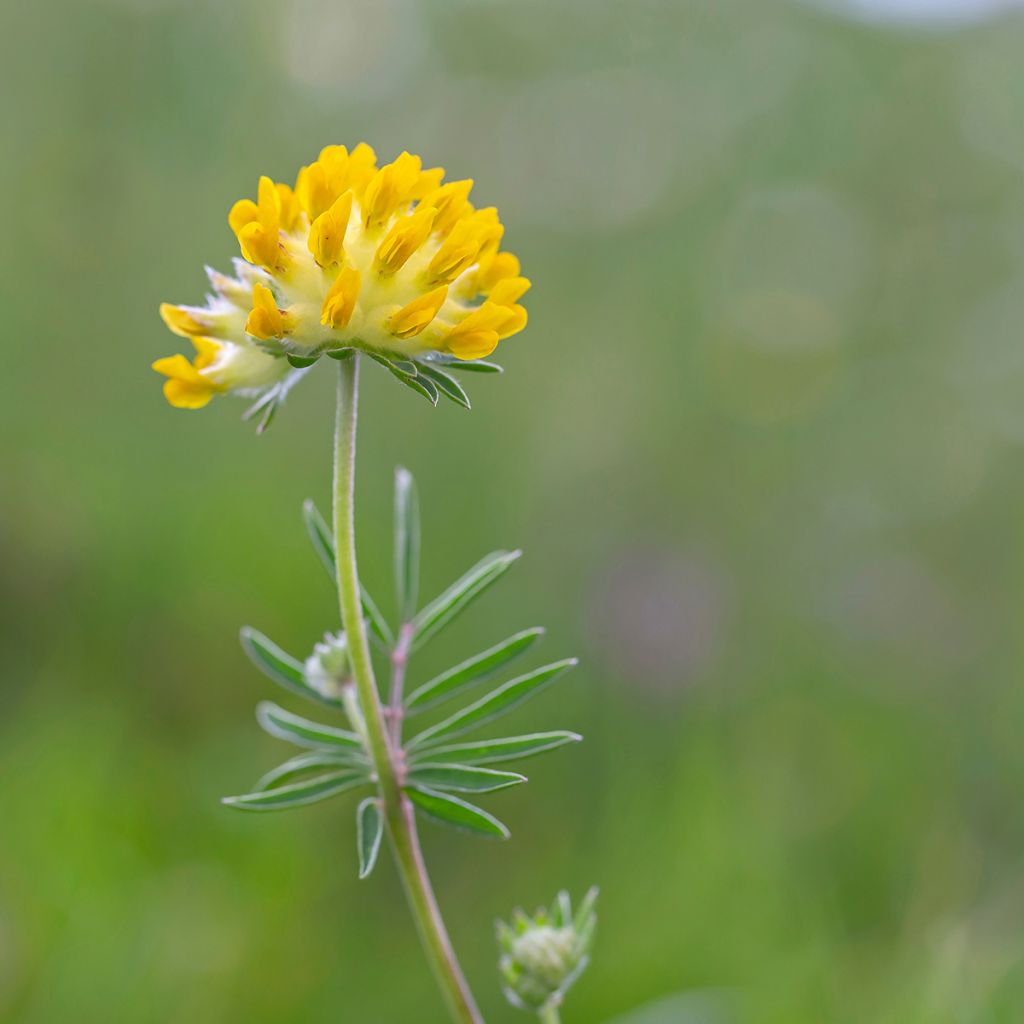

Anthyllis vulneraria
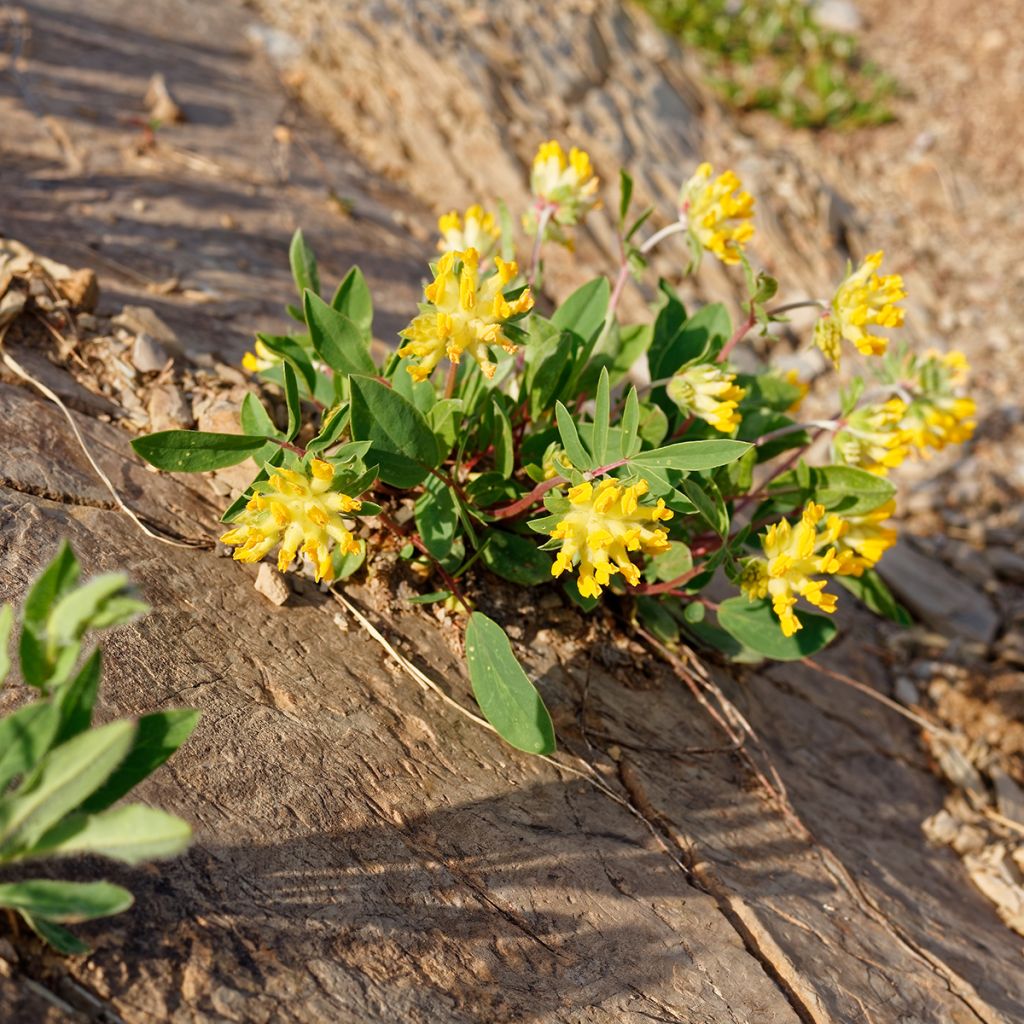

Anthyllis vulneraria
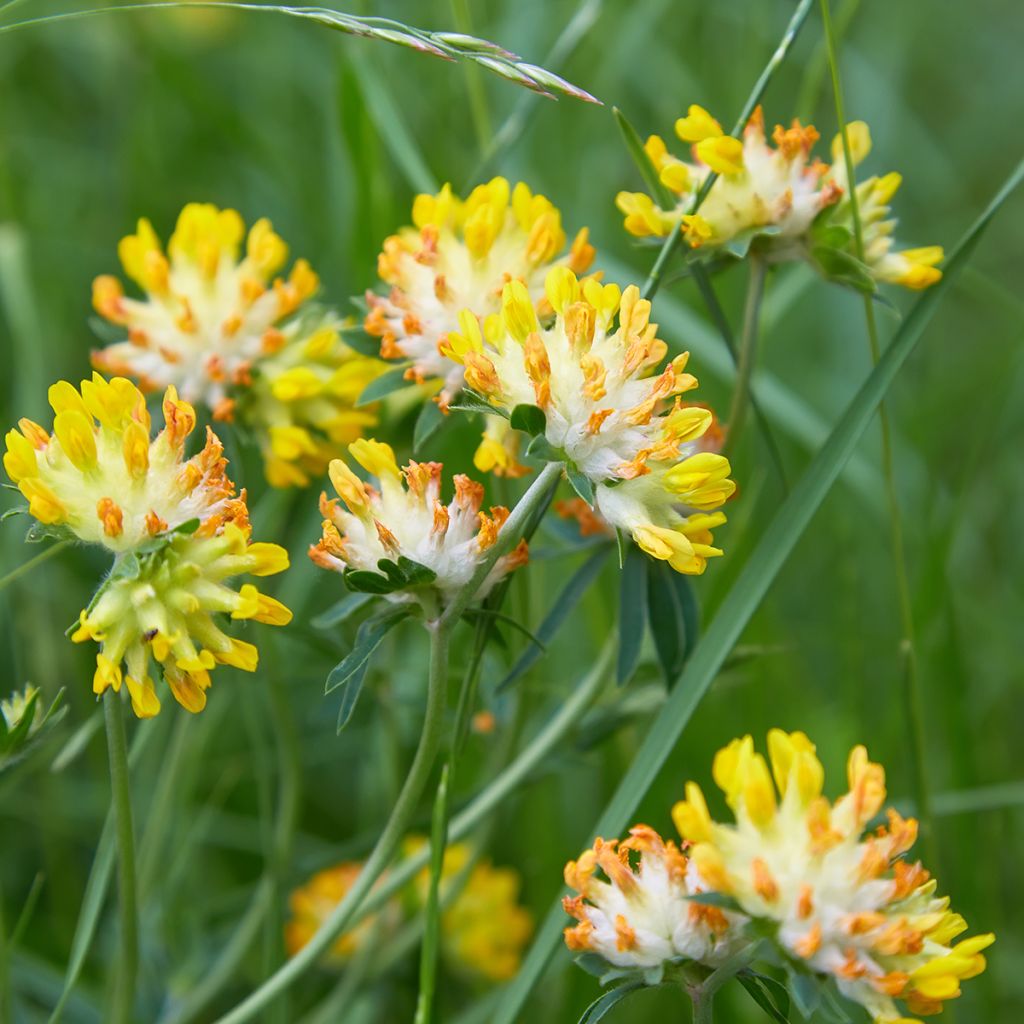

Anthyllis vulneraria
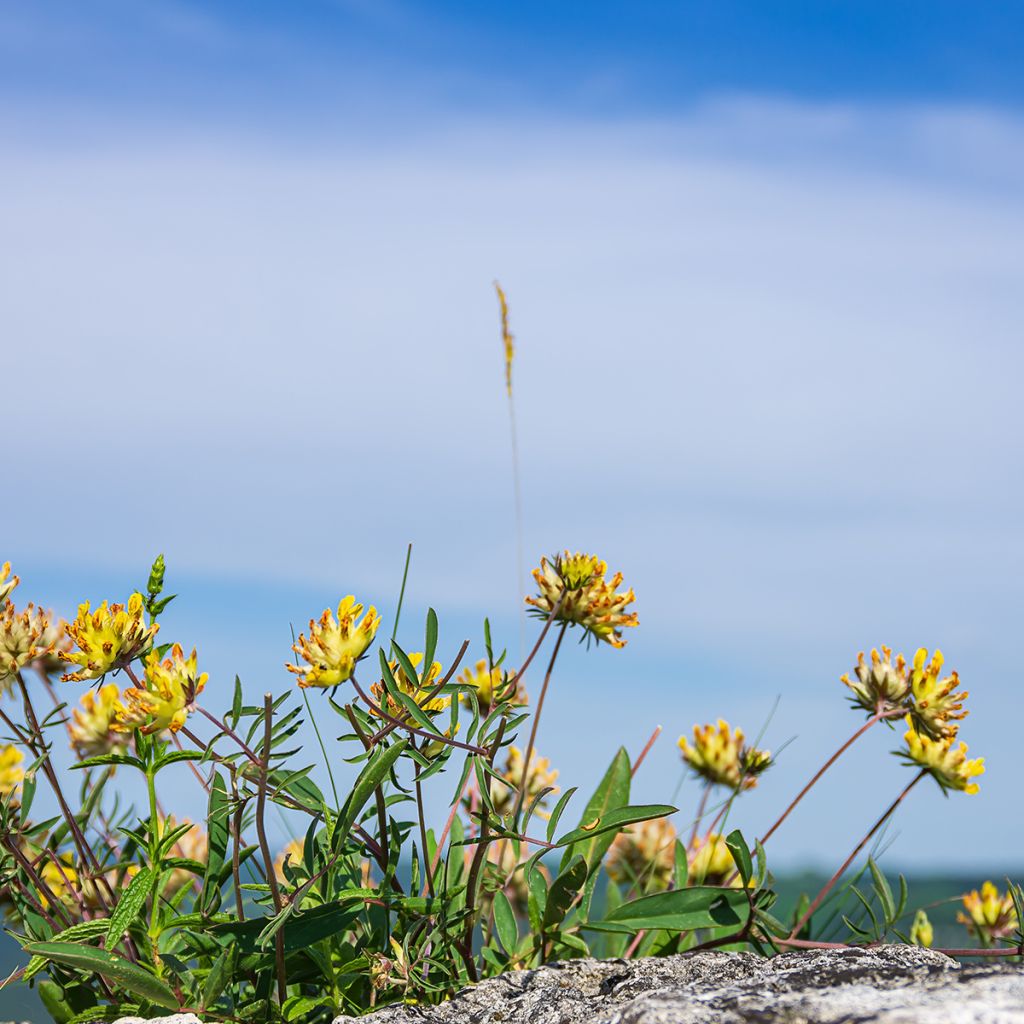

Anthyllis vulneraria
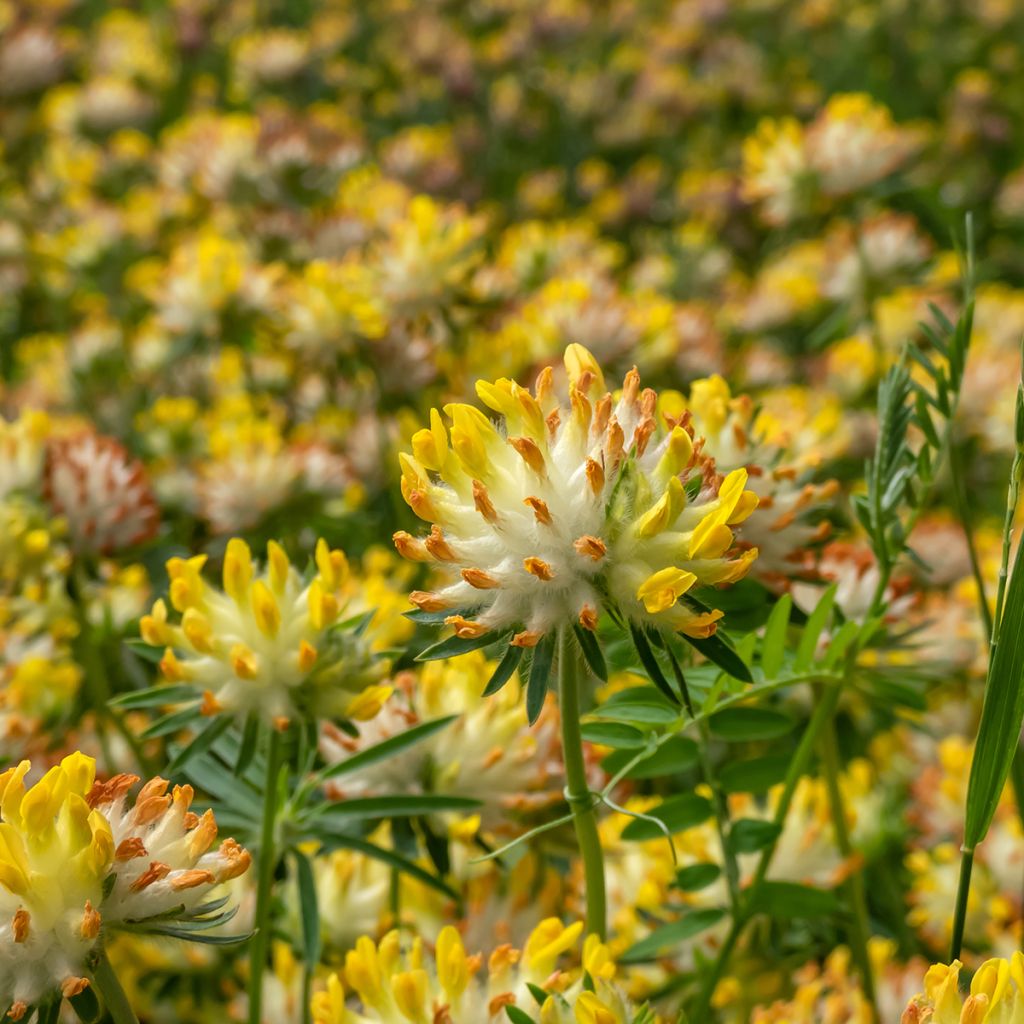

Anthyllis vulneraria
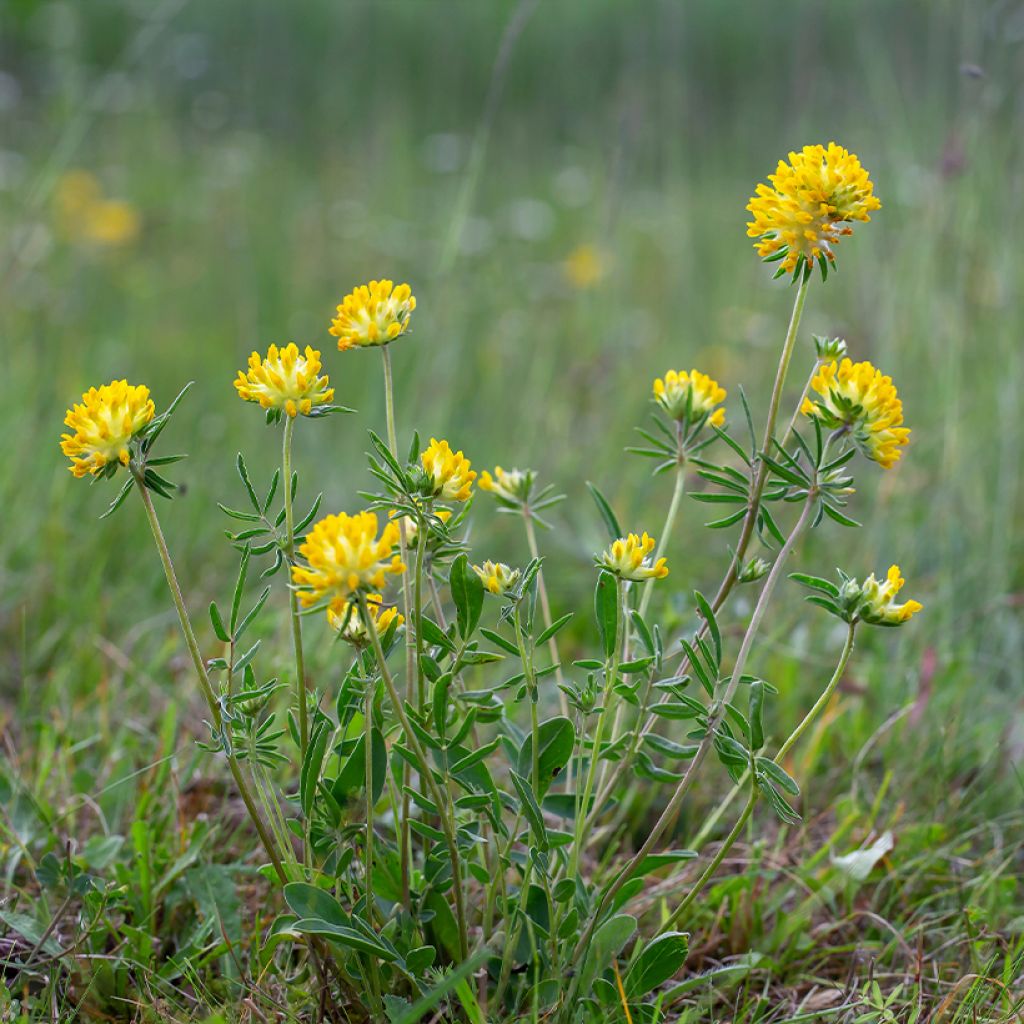

Anthyllis vulneraria
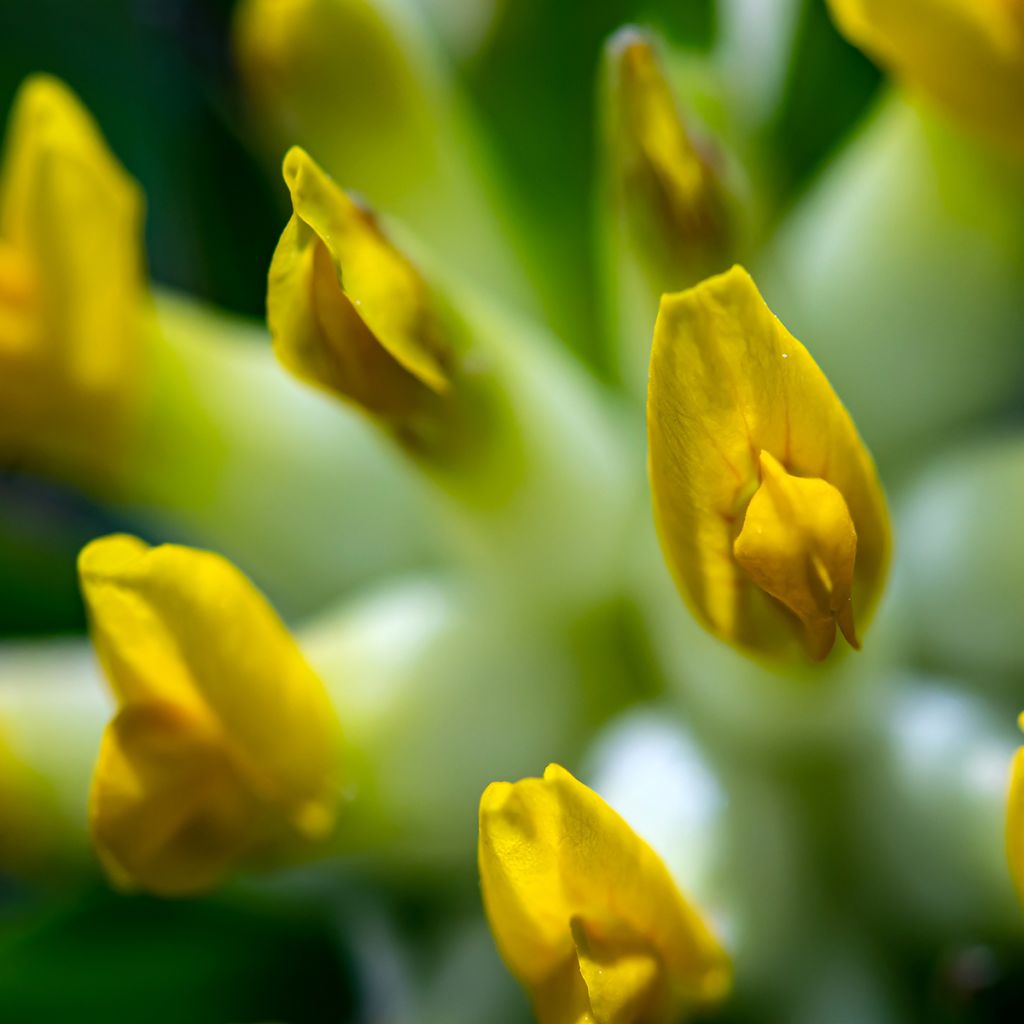

Anthyllis vulneraria
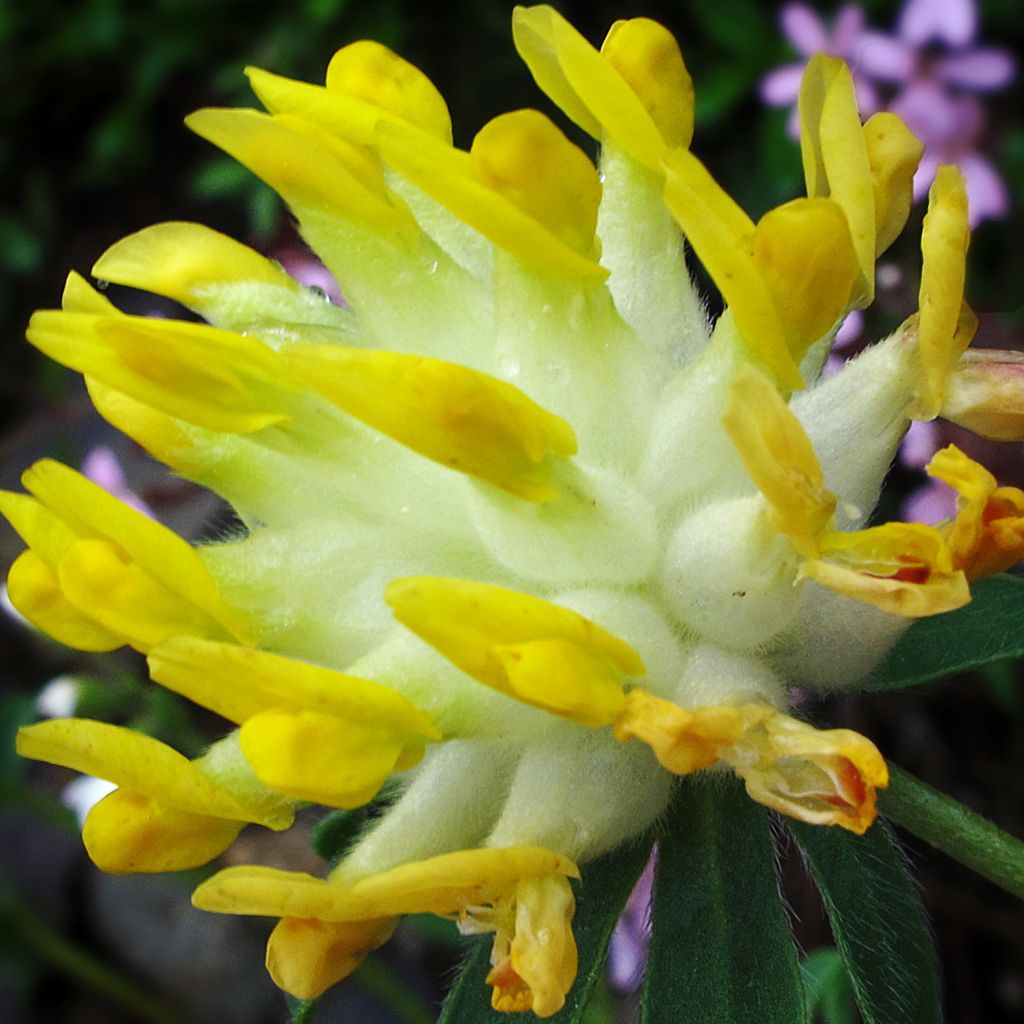

Anthyllis vulneraria
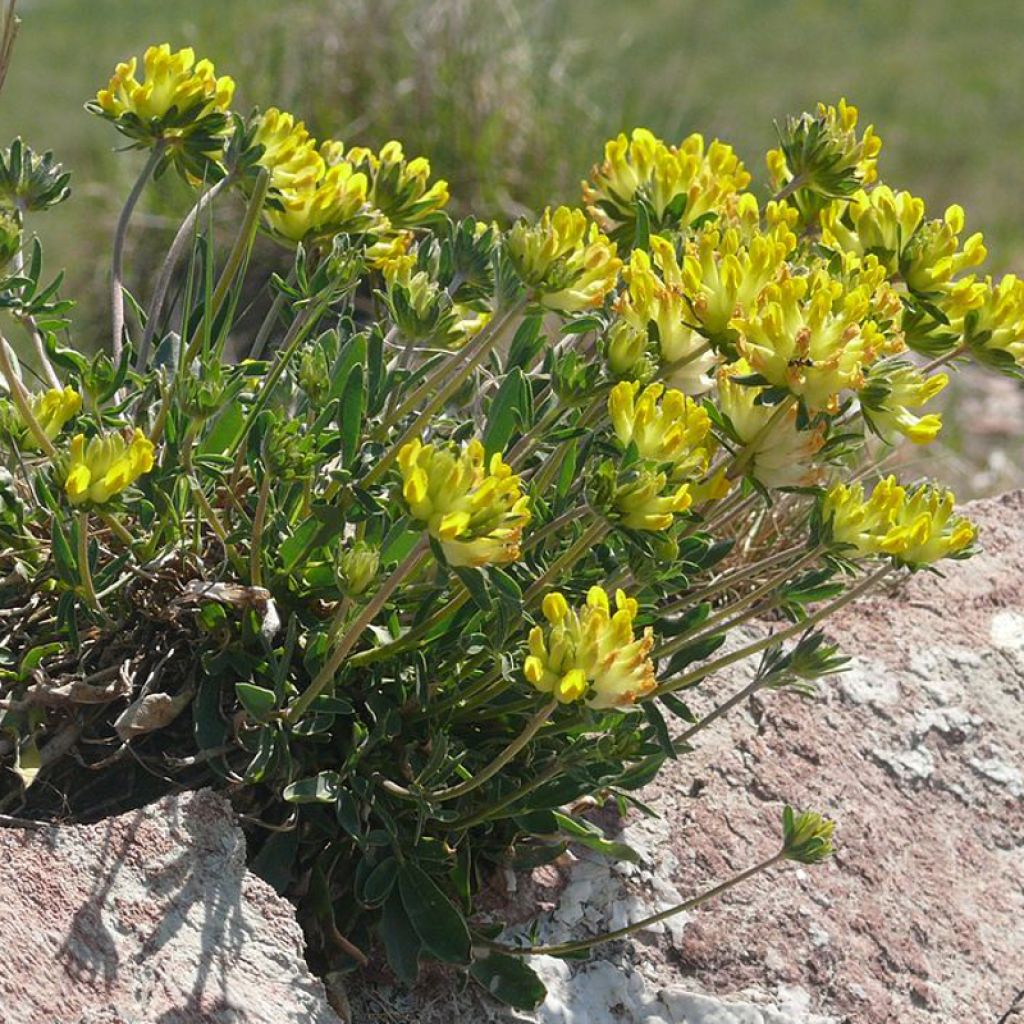

Anthyllis vulneraria
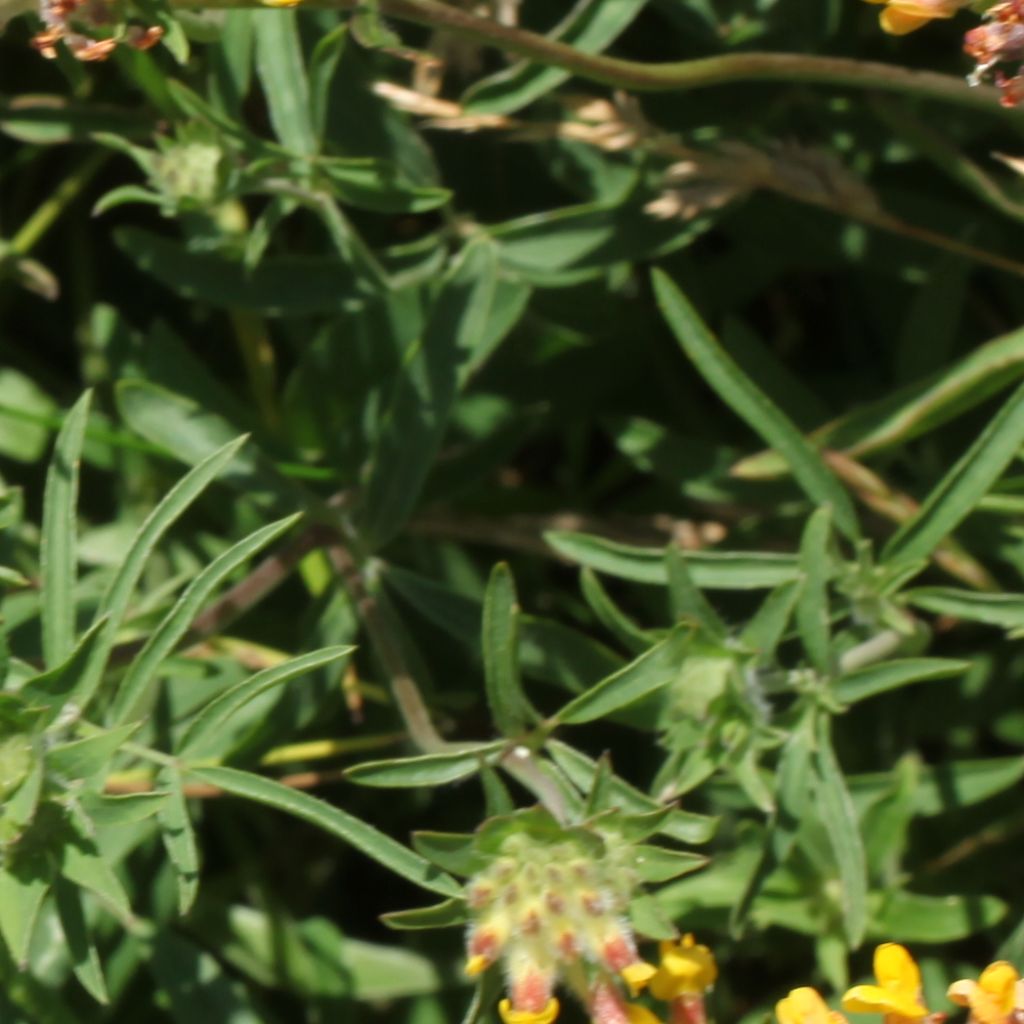

Anthyllis vulneraria
Anthyllis vulneraria
Anthyllis vulneraria
Kidney Vetch, Woundwort, Devil's Claws, Lady's Fingers, Lamb's Toe, Mary's fingers, Sand Clover
Disappointed, it never took. Young plant weak upon arrival.
Cedric, 01/04/2023
Special offer!
Receive a €20 voucher for any order over €90 (excluding delivery costs, credit notes, and plastic-free options)!
1- Add your favorite plants to your cart.
2- Once you have reached €90, confirm your order (you can even choose the delivery date!).
3- As soon as your order is shipped, you will receive an email containing your voucher code, valid for 3 months (90 days).
Your voucher is unique and can only be used once, for any order with a minimum value of €20, excluding delivery costs.
Can be combined with other current offers, non-divisible and non-refundable.
Home or relay delivery (depending on size and destination)
Schedule delivery date,
and select date in basket
This plant carries a 12 months recovery warranty
More information
We guarantee the quality of our plants for a full growing cycle, and will replace at our expense any plant that fails to recover under normal climatic and planting conditions.
Would this plant suit my garden?
Set up your Plantfit profile →
Description
The head vulnerary, in Latin Anthyllis vulneraria, is a plant of the Fabaceae or legume family known for its medicinal properties. It is also interesting in ornamental gardens for its long yellow or sometimes orange to red flowering, which brings colour to rocky areas and dry slopes, places where few plants thrive. Truly perennial in poor and dry soil, even limestone, it will self-seed there spontaneously.
Anthyllis vulneraria is a perennial herbaceous plant, very hardy, common in dry meadows and fallow land in a vast area ranging from North America to West Asia through North Africa and Europe. It can also be seen on the coast and in the Alps, up to an altitude of 3000 m (9842ft). This plant forms a small tuft of 25 cm (10in) in height, composed of leafy stems.
The hairy leaves have a different appearance depending on their position on the stem: those at the base are entire, while those higher up are divided into unequal leaflets, the terminal one being larger. Flowering occurs from May to June to September. It takes the form of butterfly-shaped flowers gathered in dense and globose heads, most often yellow, but sometimes red, orange, cream, or purple, depending on the plants. Bracts resembling small leaves surround each head. This flowering attracts butterflies. After pollination, small pods form, each containing a seed. Spontaneous sowings are common in gravel, tile joints and cracks.
An excellent plant on limestone, stony and poor soils, Anthyllis vulneraria, develops a long taproot that aerates the soil and improves its permeability. Its roots host bacteria that fix nitrogen from the air and enrich the soil. Its flowers are an excellent food source for bumblebees and butterflies due to their shape and nectar. The entire plant is edible for many pets, and it feeds the caterpillars of several native butterflies. There are so many reasons to invite it into the garden!
Anthyllis vulneraria is also known as yellow clover or Alpine tea. In traditional pharmacopoeia, this plant was used to treat wounds, burns, and skin inflammation. The substance is thought to aid digestion and may help with coughs.
Anthyllis vulneraria in pictures


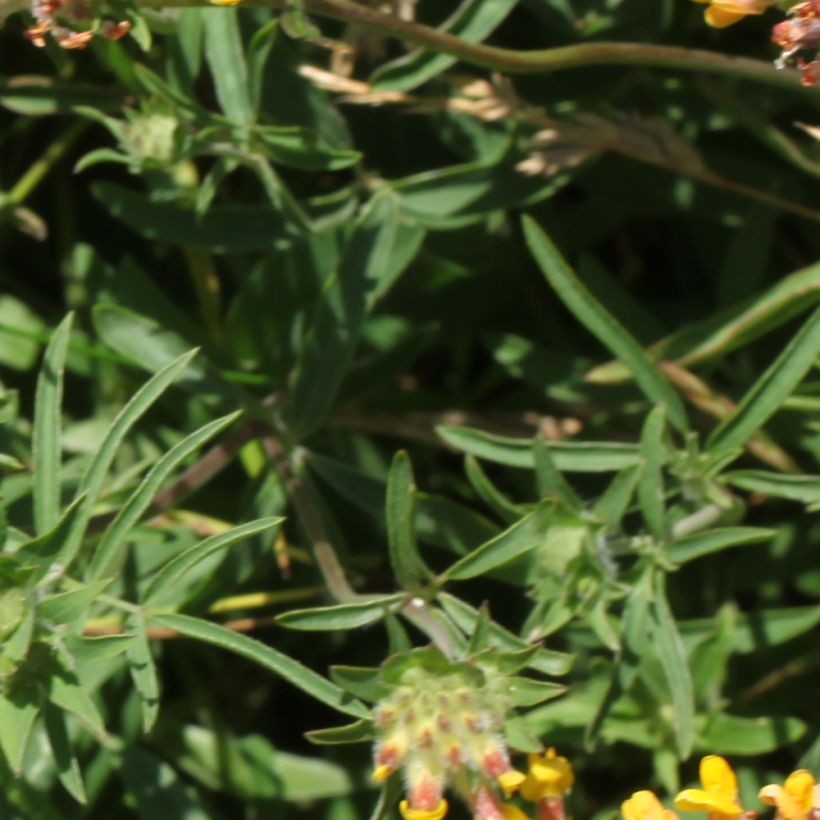



Flowering
Foliage
Plant habit
Botanical data
Anthyllis
vulneraria
Fabaceae
Kidney Vetch, Woundwort, Devil's Claws, Lady's Fingers, Lamb's Toe, Mary's fingers, Sand Clover
Western Europe
Other Anthyllis
View all →Planting and care
Vulneraria is sensitive to rain and humidity. In winter, in very humid regions, it is essential to add a green house style cover over the plant. Plant in full sun, in poor, well-drained soil, even if dry and chalky. Ideally planted between stones in a rock garden, in a bed on gravel, between paving joints or on a dry slope. Once well rooted, this plant is highly resistant to summer drought.
Planting period
Intended location
Care
Planting & care advice
-
, onOrder confirmed
Reply from on Promesse de fleurs
Haven't found what you were looking for?
Hardiness is the lowest winter temperature a plant can endure without suffering serious damage or even dying. However, hardiness is affected by location (a sheltered area, such as a patio), protection (winter cover) and soil type (hardiness is improved by well-drained soil).

Photo Sharing Terms & Conditions
In order to encourage gardeners to interact and share their experiences, Promesse de fleurs offers various media enabling content to be uploaded onto its Site - in particular via the ‘Photo sharing’ module.
The User agrees to refrain from:
- Posting any content that is illegal, prejudicial, insulting, racist, inciteful to hatred, revisionist, contrary to public decency, that infringes on privacy or on the privacy rights of third parties, in particular the publicity rights of persons and goods, intellectual property rights, or the right to privacy.
- Submitting content on behalf of a third party;
- Impersonate the identity of a third party and/or publish any personal information about a third party;
In general, the User undertakes to refrain from any unethical behaviour.
All Content (in particular text, comments, files, images, photos, videos, creative works, etc.), which may be subject to property or intellectual property rights, image or other private rights, shall remain the property of the User, subject to the limited rights granted by the terms of the licence granted by Promesse de fleurs as stated below. Users are at liberty to publish or not to publish such Content on the Site, notably via the ‘Photo Sharing’ facility, and accept that this Content shall be made public and freely accessible, notably on the Internet.
Users further acknowledge, undertake to have ,and guarantee that they hold all necessary rights and permissions to publish such material on the Site, in particular with regard to the legislation in force pertaining to any privacy, property, intellectual property, image, or contractual rights, or rights of any other nature. By publishing such Content on the Site, Users acknowledge accepting full liability as publishers of the Content within the meaning of the law, and grant Promesse de fleurs, free of charge, an inclusive, worldwide licence for the said Content for the entire duration of its publication, including all reproduction, representation, up/downloading, displaying, performing, transmission, and storage rights.
Users also grant permission for their name to be linked to the Content and accept that this link may not always be made available.
By engaging in posting material, Users consent to their Content becoming automatically accessible on the Internet, in particular on other sites and/or blogs and/or web pages of the Promesse de fleurs site, including in particular social pages and the Promesse de fleurs catalogue.
Users may secure the removal of entrusted content free of charge by issuing a simple request via our contact form.
The flowering period indicated on our website applies to countries and regions located in USDA zone 8 (France, the United Kingdom, Ireland, the Netherlands, etc.)
It will vary according to where you live:
- In zones 9 to 10 (Italy, Spain, Greece, etc.), flowering will occur about 2 to 4 weeks earlier.
- In zones 6 to 7 (Germany, Poland, Slovenia, and lower mountainous regions), flowering will be delayed by 2 to 3 weeks.
- In zone 5 (Central Europe, Scandinavia), blooming will be delayed by 3 to 5 weeks.
In temperate climates, pruning of spring-flowering shrubs (forsythia, spireas, etc.) should be done just after flowering.
Pruning of summer-flowering shrubs (Indian Lilac, Perovskia, etc.) can be done in winter or spring.
In cold regions as well as with frost-sensitive plants, avoid pruning too early when severe frosts may still occur.
The planting period indicated on our website applies to countries and regions located in USDA zone 8 (France, United Kingdom, Ireland, Netherlands).
It will vary according to where you live:
- In Mediterranean zones (Marseille, Madrid, Milan, etc.), autumn and winter are the best planting periods.
- In continental zones (Strasbourg, Munich, Vienna, etc.), delay planting by 2 to 3 weeks in spring and bring it forward by 2 to 4 weeks in autumn.
- In mountainous regions (the Alps, Pyrenees, Carpathians, etc.), it is best to plant in late spring (May-June) or late summer (August-September).
The harvesting period indicated on our website applies to countries and regions in USDA zone 8 (France, England, Ireland, the Netherlands).
In colder areas (Scandinavia, Poland, Austria...) fruit and vegetable harvests are likely to be delayed by 3-4 weeks.
In warmer areas (Italy, Spain, Greece, etc.), harvesting will probably take place earlier, depending on weather conditions.
The sowing periods indicated on our website apply to countries and regions within USDA Zone 8 (France, UK, Ireland, Netherlands).
In colder areas (Scandinavia, Poland, Austria...), delay any outdoor sowing by 3-4 weeks, or sow under glass.
In warmer climes (Italy, Spain, Greece, etc.), bring outdoor sowing forward by a few weeks.































